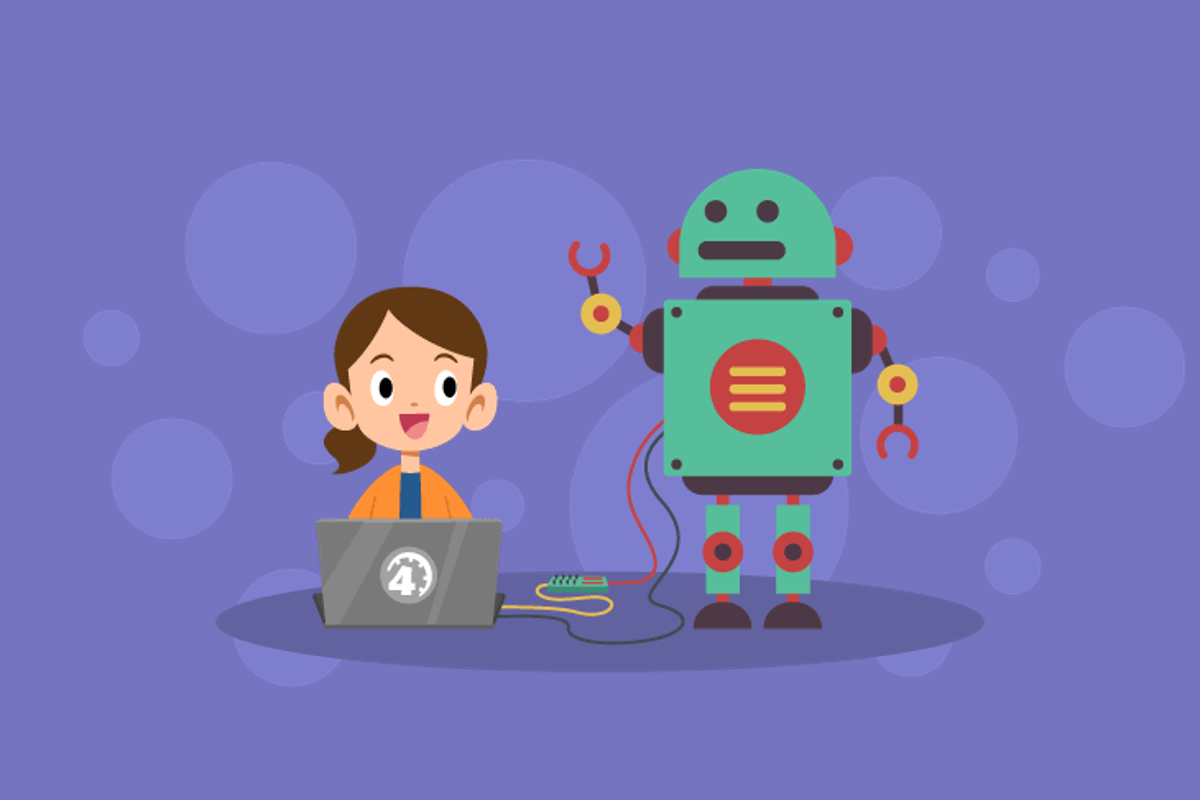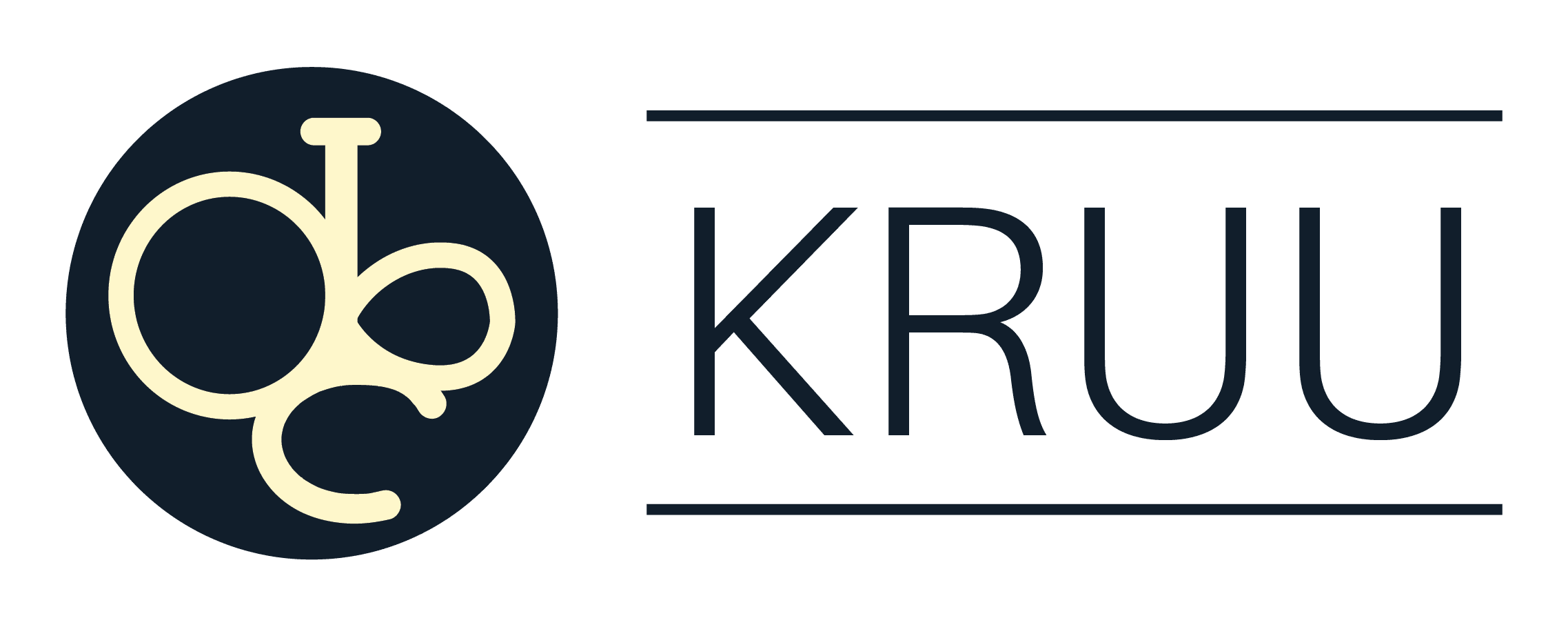
Creativity and Project Based Learning
A big question that educators face today is how to get children effectively ready for the future? How are we providing them with the necessary skills that can be applied to real-world problems? And most importantly, how are we ensuring that each child’s creativity is channelized to help them succeed once they are out of school.
A challenging but fulfilling approach to help mid and high school children get future ready is to invite them to engage in solving real-world problems. A good approach is to design a project around a problem that students can solve and thereby learn as well as apply their newly learnt skills in the project. This approach through project-based learning (PBL) if done in groups, places emphasis not only on skills and the subject but also on key abilities like critical thinking, team work and importantly on creativity.
How does PBL work?
There are several considerations for PBL to effectively work. Every project needs to be designed keeping in mind the unique requirements and interests of the students. A mix of instructions and activities have to be planned so that the student is pushed to use their knowledge and skills. As students continue to work on their projects, timely instructions and guidance must be provided. The skills, knowledge and abilities that the students have gained should be captured in the assessment of their learning.
Benefits of PBL
The experience of learning through PBL is extremely beneficial for the student. In addition to understanding the topic or subject at hand, this method fosters creativity, improves critical thinking and encourages team work – all important skills that are required to excel in the future whether it is college or work. Furthermore, when students are engaged in a project that is interesting, they are more likely to be motivated, attentive and see it through to the end. This ensures that the information they are learning is retained. PBL can be designed such that multiple inter-disciplinary topics can be stitched together as one project. This allows the student to create connections between subjects rather than viewing it in isolation.
In conclusion, PBL allows educators to provide a targeted learning experience where the four important skills – creativity, collaboration, communication and critical thinking are inculcated and nurtured. These are skills that when developed will help every child be future ready and more successful in their careers.






